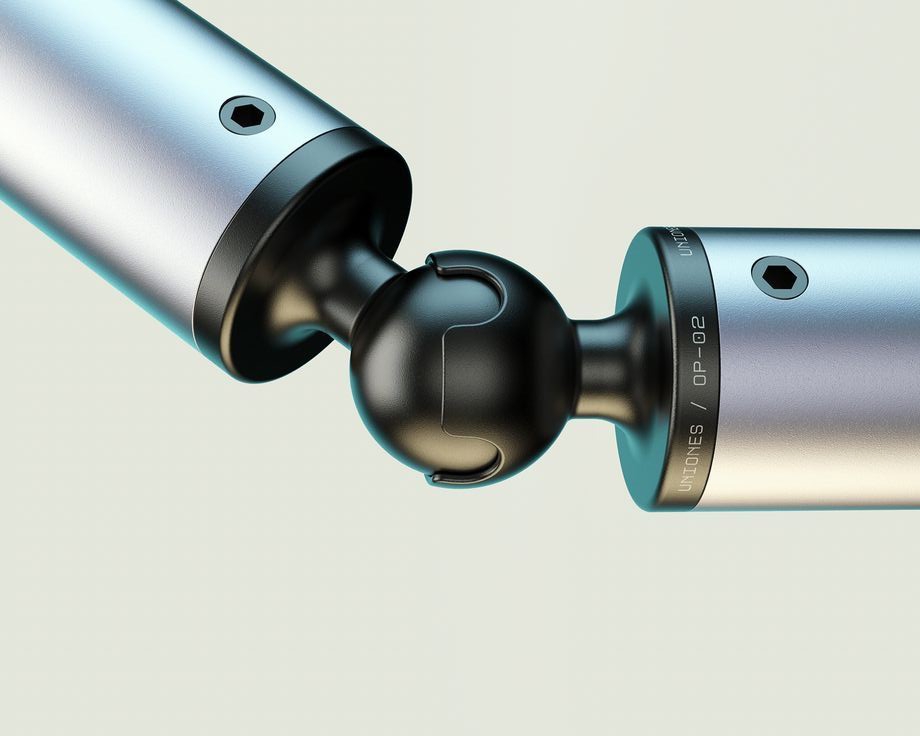When building or maintaining a robot, the choice of bearings plays a crucial role in ensuring smooth operation, longevity, and efficiency. Bearings reduce friction between moving parts, and selecting the right type can significantly impact your robot’s performance. Two common types of bearings used in robotics are metal-to-metal bearings and self-lubricating bearings. This guide will help you understand the differences between these options and make an informed decision for your robotic project.
Understanding Metal-to-Metal Bearings
Metal-to-metal bearings, also known as plain bearings or bushings, consist of two metal surfaces that slide against each other. These bearings are renowned for their strength, durability, and ability to handle heavy loads and high temperatures. They are often made from materials such as bronze, steel, or aluminum, which offer excellent wear resistance and structural integrity.
Benefits of Metal-to-Metal Bearings
Metal-to-metal bearings can support substantial loads, making them suitable for applications where the robot experiences significant forces or impacts. This characteristic is particularly important for industrial robots or robots operating in rugged environments.
These bearings perform well under high temperatures, which is beneficial for robots that operate in extreme conditions or involve heat-generating components.
The robust construction of metal-to-metal bearings ensures a long service life, reducing the frequency of maintenance and replacements.
Challenges with Metal-to-Metal Bearings
Metal-to-metal bearings require regular lubrication to minimize friction and prevent wear. This maintenance routine can be time-consuming and may introduce contaminants into sensitive environments.
Despite lubrication, these bearings can still generate higher friction compared to self-lubricating options, which can affect the robot’s efficiency and smoothness of movement.
Exploring Self-Lubricating Bearings
Self-lubricating bearings, also known as composite or dry bearings, are designed to operate without the need for external lubrication. These bearings typically incorporate materials such as PTFE (polytetrafluoroethylene), graphite, or other lubricating compounds within their structure. This composition allows them to maintain low friction and smooth operation without additional lubrication.
Benefits of Self-Lubricating Bearings
The primary advantage of self-lubricating bearings is their ability to operate without external lubrication. This characteristic eliminates the need for regular maintenance and reduces the risk of contamination in clean or sterile environments.
These bearings offer consistently low friction, enhancing the robot’s efficiency and ensuring smooth, precise movements. This feature is especially valuable in applications requiring high precision, such as medical or research robots.
The absence of external lubricants means self-lubricating bearings operate cleanly, making them suitable for applications where cleanliness is critical, such as food processing or pharmaceutical industries.
Challenges with Self-Lubricating Bearings
While self-lubricating bearings perform well under moderate loads, they may not be suitable for heavy-duty applications where high load-bearing capacity is essential.
These bearings may not tolerate extreme temperatures as well as metal-to-metal bearings, potentially limiting their use in high-temperature environments.
Choosing the Right Bearing for Your Robot
Selecting between metal-to-metal and self-lubricating bearings depends on the specific requirements and operational conditions of your robot. Consider the following factors to make an informed decision:
Assess the load-bearing needs of your robot. If your application involves heavy loads or impacts, metal-to-metal bearings may be the better choice due to their superior load capacity and durability.
Evaluate your ability and willingness to perform regular maintenance. If minimizing maintenance is a priority, self-lubricating bearings offer a significant advantage by eliminating the need for external lubrication.
Consider the operating environment of your robot. For applications in clean or sterile settings, self-lubricating bearings are preferable due to their clean operation. Conversely, if your robot operates in high-temperature conditions, metal-to-metal bearings might be more suitable.
Determine the level of precision and efficiency required for your robot’s movements. If smooth, precise motion is critical, self-lubricating bearings’ low friction characteristics can enhance performance.
Think about the specific tasks and functions your robot will perform. For example, industrial robots in manufacturing may benefit from the robustness of metal-to-metal bearings, while medical or laboratory robots may require the cleanliness and low maintenance of self-lubricating bearings.
Choosing the right bearings for your robot is a crucial decision that impacts its performance, longevity, and maintenance requirements. Metal-to-metal bearings offer strength, durability, and high load capacity, making them suitable for demanding applications. On the other hand, self-lubricating bearings provide maintenance-free operation, low friction, and clean performance, ideal for precision and cleanliness-critical environments. By carefully considering the load requirements, maintenance capabilities, environmental conditions, and specific application needs, you can select the optimal bearing type to achieve excellence in your robotic project.

